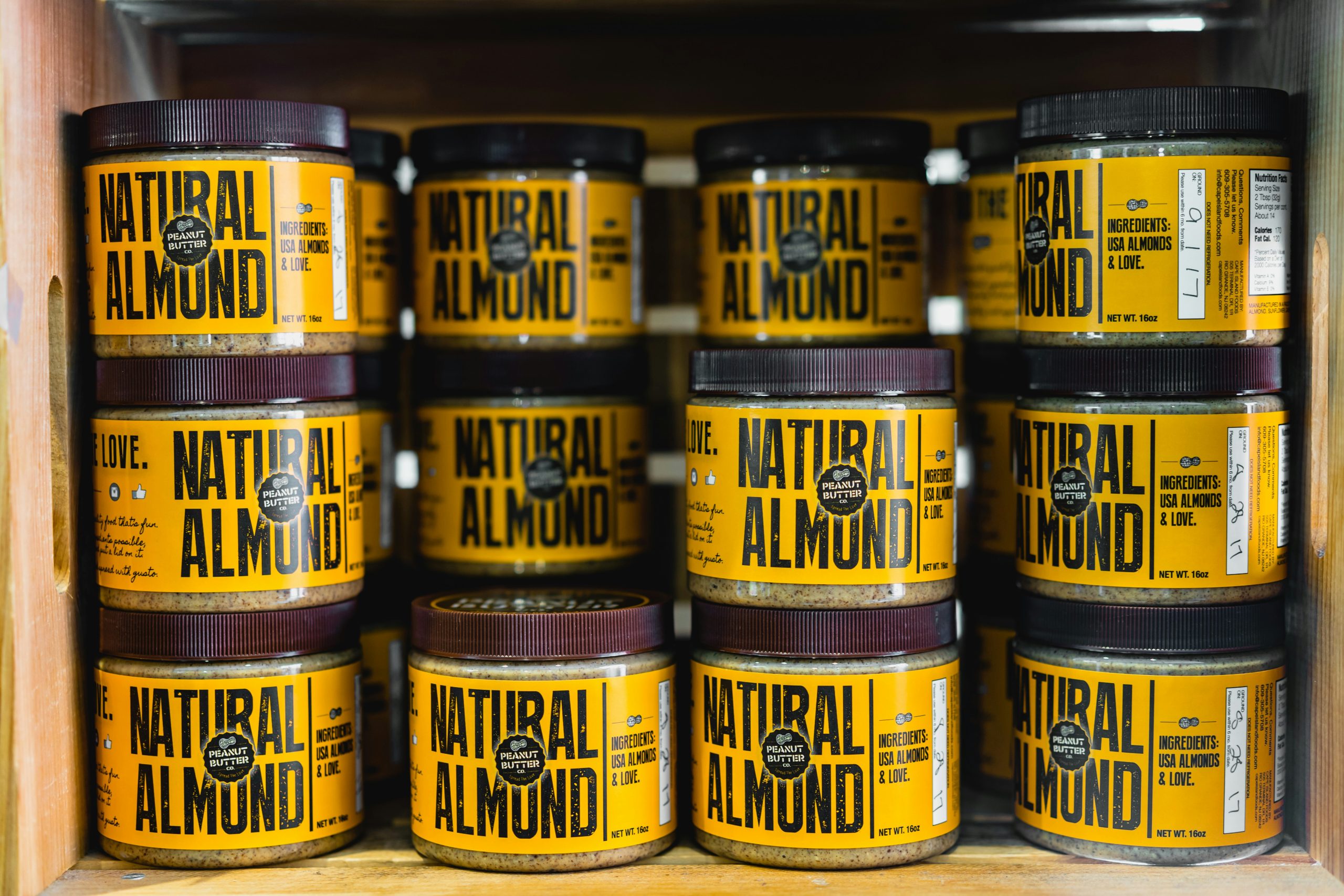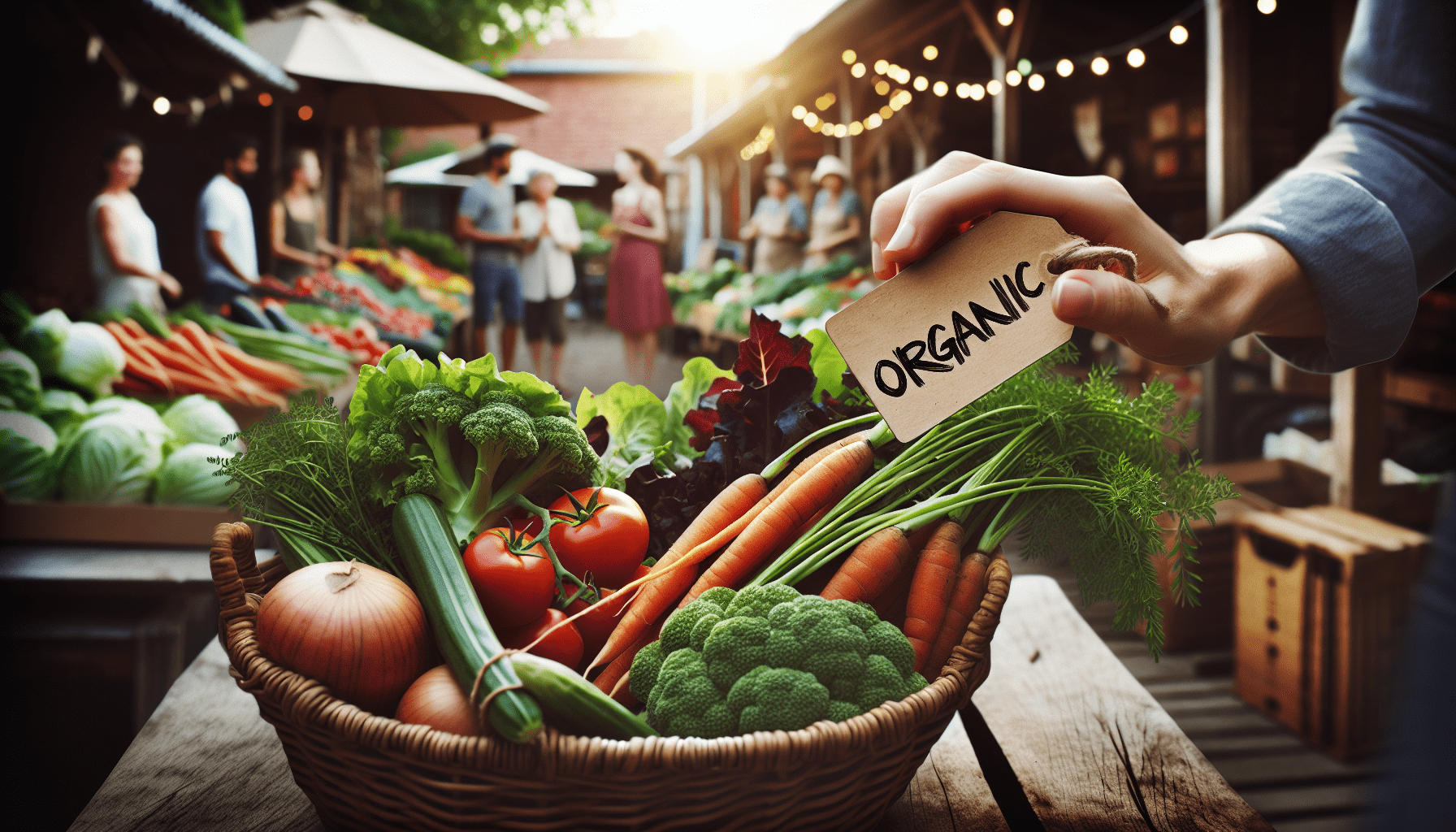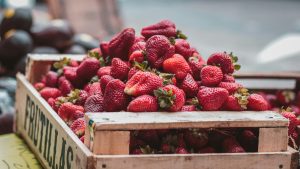Have you ever wondered what makes food products labeled as “organic” different from their conventional counterparts? When we stroll down the aisles of our favorite grocery stores, we often see foods stamped with that green USDA Organic seal and wonder what requirements these items must meet to earn this label. Let’s venture into the fascinating, and sometimes complex, world of organic food labeling regulations.
What Does “Organic” Really Mean?
Before diving into the regulations, let’s first clarify what “organic” means. Organically grown food refers to products that are produced using methods that respect the environment, prioritize sustainability, and tend to avoid the use of synthetic chemicals. But the term harbors deeper regulatory significance.
Standards and Definitions
The term “organic” encompasses a variety of standards that food producers must meet. These standards cover almost every aspect of farming and processing, ensuring that everything from soil quality to pest management adheres to organic principles.
The Role of the USDA
The United States Department of Agriculture (USDA) plays a pivotal role in regulating organic labeling standards. Under the USDA, the National Organic Program (NOP) sets the guidelines for labeling products as organic.
The Organic Label
Not all organic labels you see are created equal. There are multiple levels of organic certification, each with distinct requirements and labeling possibilities. Let’s take a closer look.
| Certification Level | Labeling Terms | Description |
|---|---|---|
| 100% Organic | “100% Organic” | Must contain only organically produced ingredients and processing aids. |
| Organic | “Organic” | Must contain at least 95% organically produced ingredients. |
| Made with Organic Ingredients | “Made with organic [specific ingredients]” | At least 70% of the product must be certified organic; the rest must follow certain standards. |
| Specific Organic Ingredients | No specific term | Can list organic ingredients in the ingredient list on the packaging. |

Requirements for Organic Certification
Achieving organic certification involves a rigorous process. The producer must adhere to strict guidelines that often encompass multiple facets of production, including soil management, crop management, and animal husbandry.
Soil Quality
Healthy soil is the bedrock of organic farming. Organic standards require the use of ethical soil management techniques—such as crop rotation, natural composting, and mindful labor practices—to maintain and improve soil health.
Crop Management Techniques
The approach to plant production in organic farming is holistic. Farmers employ crop diversity and natural pest management techniques. The use of synthetic fertilizers and pesticides is strictly limited.
Livestock and Poultry
Livestock and poultry need to be raised in conditions that allow for natural behavior. They must be fed organic feed, and the use of antibiotics and hormones is typically prohibited.
Processing Standards
When it comes to processing organic foods, companies must ensure that they use certified organic ingredients and follow specific methods that prevent contamination with non-organic substances.
Inspections and Testing for Compliance
Compliance is vital, and regular inspections help ensure adherence to organic standards. These inspections are usually carried out by accredited organic certifying agents.
Annual Inspections
Certified organic producers and processors undergo an annual review that looks at their farming practices and processing methods. This review is vital for maintaining their certification status.
Random Testing
Beyond routine inspections, random testing for pesticide residues and other potential contaminants is conducted to ensure ongoing compliance.

Exemptions and Exclusions
Interestingly, not all producers have to undergo the full certification process. Smaller farms or businesses that produce less than $5,000 worth of organic products annually may qualify for an exemption but must still follow basic organic practices.
The $5,000 Threshold
Producers earning under $5,000 from organic products are exempt from certification but aren’t allowed to use the USDA Organic seal. They must still comply with the basic standards and are subject to audits.
Specific Product Exemptions
Certain products, such as processed foods that do not change in character (e.g., sliced vegetables), may also fall under special considerations depending on their attributes.
Labeling Specifics
We’ve touched upon the different levels of organic labels, but there are also specific guidelines on how these labels should appear on packaging.
Use of the Organic Seal
Only products that meet the 100% organic or “Organic” (95% organic) standards can display the USDA Organic seal.
Ingredient Lists and Non-Organic Products
Products made with 70-95% organic content can highlight their organic ingredients but cannot bear the USDA seal. They can, however, specify “Made with organic [ingredients]”.

International Standards
It’s not just about adherence to USDA regulations. Producers must be wary of international standards, especially if they plan to export.
Equivalency Agreements
The United States has organic equivalency agreements with countries like the European Union and Japan, making it easier for producers to market their products abroad.
Differences in Standards
It’s important for producers and consumers alike to understand that organic standards can vary from country to country. Researching these differences can provide valuable insight into global organic practices.
Economic Impact
Organic labeling does more than assure quality; it also carries economic implications. Consumers often pay a premium for organic products, supporting sustainable practices and often smaller-scale farms.
Market Growth
The organic food market has seen significant growth over the past few years, reflecting an increased consumer demand for sustainable and ethically produced foods.
Costs and Benefits
While producing organic food can be more expensive and labor-intensive, the long-term benefits—environmental sustainability and potential health advantages—can be worth the extra cost.

Challenges and Misconceptions
As with any regulated industry, there are challenges and misconceptions surrounding organic food labeling.
Common Misunderstandings
One common misconception is that “organic” automatically means “healthier”. While organic foods reduce exposure to synthetic pesticides and may offer nutritional benefits, the term “organic” itself pertains more to the methods of production than the nutritional content.
Fraudulent Claims
With the rising demand for organic products, fraudulent organic labeling can sometimes occur. The USDA takes such issues seriously, employing various compliance and enforcement measures to mitigate fraud.
Conclusion
Understanding the regulations for organic food labeling can feel daunting, but it’s crucial for both consumers and producers. These regulations are designed to maintain the integrity of organic foods and ensure they meet rigorous standards that benefit our environment and health. As we become more informed about the specifics, we can make better choices that align with our values, knowing exactly what goes into our food and onto our plates. By supporting certified organic products, we contribute to a sustainable food system that prioritizes the well-being of both our planet and its inhabitants.
Learning about organic regulations also allows us to navigate the market with confidence, appreciating the intricate processes that bring organic food from the farm to our tables. And while the organic label isn’t the sole indicator of a food’s quality or nutritional value, it remains a trusted mark of a product’s adherence to environmentally and socially responsible farming practices.



